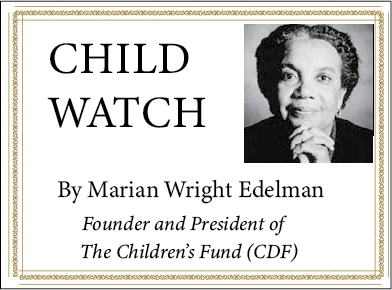by Shawn Nowlin
Valley Metro, a local government-owned bus line, has a history of responding to public demand. Founded in 1975, the company has gone through various changes over the years.
After overwhelming community feedback, for the first time in almost four decades, Valley Metro has expanded its bus service to seven days a week.
A breakdown of what this means is as follows:
*Unlike the normal buses, the Metro FLX, a micro-transit service, will be a 12-passenger bus that will take riders to any curb in Roanoke, Vinton or Salem.
*Late-night rides from 8:45 p.m. and 12:45 a.m. will be offered Monday through Saturday.
*From 9 a.m. to 6 p.m., services will be provided on Sunday.
Partnering with the company Radar allowed this much-anticipated news to become a reality. Primary funding for the contracted two-year pilot program came from pandemic relief funding allocated by the city.
“Approximately 100,000 people live in Roanoke, and a healthy percentage of them do not have reliable transportation to get around,” Eddie Jamison said. “For years, I never understood why Valley Metro stopped running at 8:15 p.m. There are so many workers, students and caregivers who will greatly benefit from these extended hours.”
Not having to pay for Uber when she gets off work at 11 a.m. is going to make a world of difference for Shay Goodman.
“When I first heard the news, I didn’t believe it. Now that it is actually happening, I could not be happier,” she said. “As awesome as the extended hours are, the even better news is it looks like this will be the standard for a few years.”
The Star Line Trolly, a free service along Jefferson Street between the downtown area and Roanoke Memorial Hospital from 7 a.m. to 7 p.m. Monday through Friday and the Specialized Transit Arranged Rides (S.T.A.R.), created specifically for individuals with disabilities, are additional services that Valley Metro offers.
“By actively involving passengers in the process, we are striving to foster collaboration and build trust between Valley Metro and its riders. When passengers see their input being considered and acted upon, it increases confidence in the agency’s commitment to meeting their needs,” the website states. “By establishing this direct line of communication, we gain valuable insights into the needs and expectations of riders, ensuring decisions are more responsive and reflective of the communities we serve.”
Valley Metro experiences roughly 1.2 million rides every year, a number that will inevitably skyrocket with the new changes. People are encouraged to download the app, “VMGO,” or visit valleymetro.com for the most up-to-date information.





